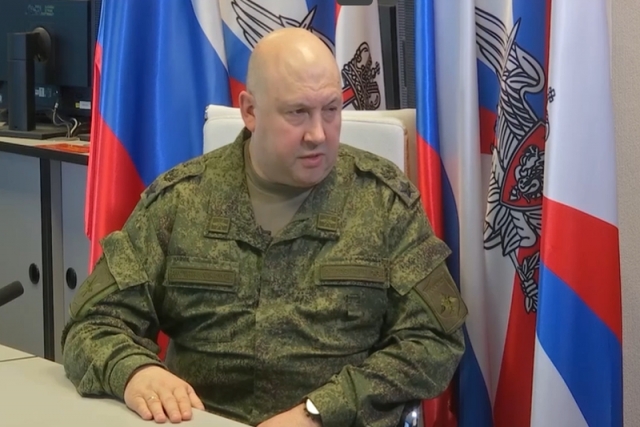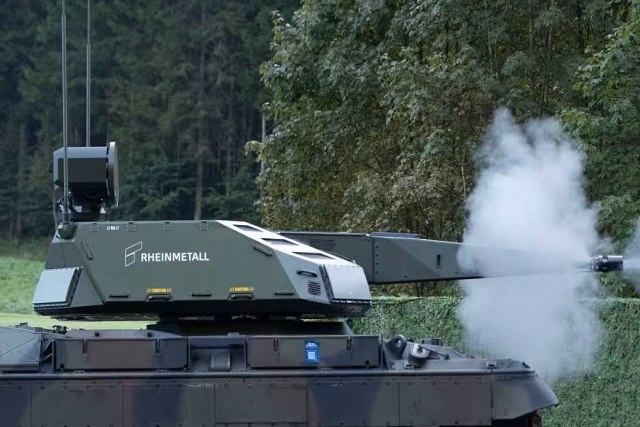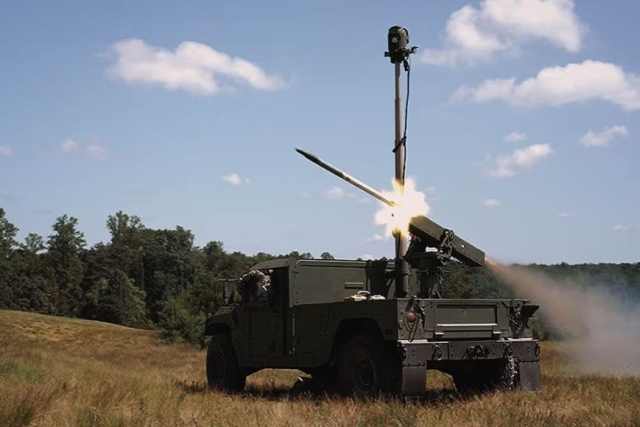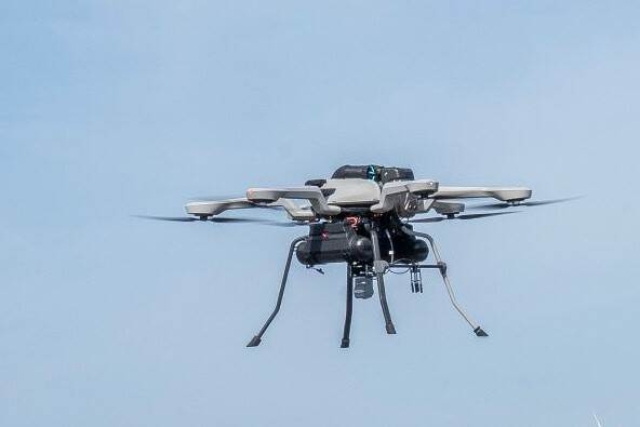Russian Forces to Receive Su-57s Powered by New Engines

Russian defense ministry will soon receive a batch of Su-57 combat aircraft powered by new Saturn Izdelie-30 engines.
This was reported by Russia's government-owned Zvezda.
“Aircraft with the engine of the second stage are undergoing flight tests. Already under the current serial contract, it is planned to supply the Su-57 with a new engine,” Vladimir Artyakov, F0irst Deputy General Director of Rostec, was quoted as saying by Russian state media on the eve of the Army-2023 International Military-Technical Forum.
He said there are plans to significantly enhance the production pace of Su-57s.
Artyakov noted that the Su-57 is designed to operate with both the first and second-stage engines. He affirmed that “even with the first stage engine, the fighter fulfills the fundamental requirements of a fifth-generation aircraft.”
Developed by United Engine Corporation (UEC), the Izdelie-30 is two-shaft low-bypass afterburning turbofan engine. Unconfirmed reports say that the "Izdelie-30" engine is expected to develop a thrust of 15,000 Kilo Gram Force (KGF) compared to 14,000 KGF of its predecessor AL-41FP.
First flight of the engine on an Su-57 prototype occurred on 5 December 2017 with the second prototype.
The architecture is a three-stage fan driven by a single-stage low pressure turbine and five-stage high pressure compressor driven by single-stage high pressure turbine. Unlike AL-41F1, this engine has glass-fiber plastic IGVs and convergent-divergent nozzles that use serrated flaps to reduce its radar signature.
The engine features advanced technologies such as 3D printing, ceramic matrix composites, and digital engine control systems. Its thrust vectoring nozzle allows for enhanced maneuverability and stealth capabilities.
In a recent interview with Izvestia, Artyakov said there are plans to have a total of 22 serially produced Su-57 units by 2024.
Russia currently has only 10 serially produced Su-57s. To reach the projected 22 units, the state-run United Aircraft Corporation (UAC) must manufacture twelve additional units in the next 24 months.












